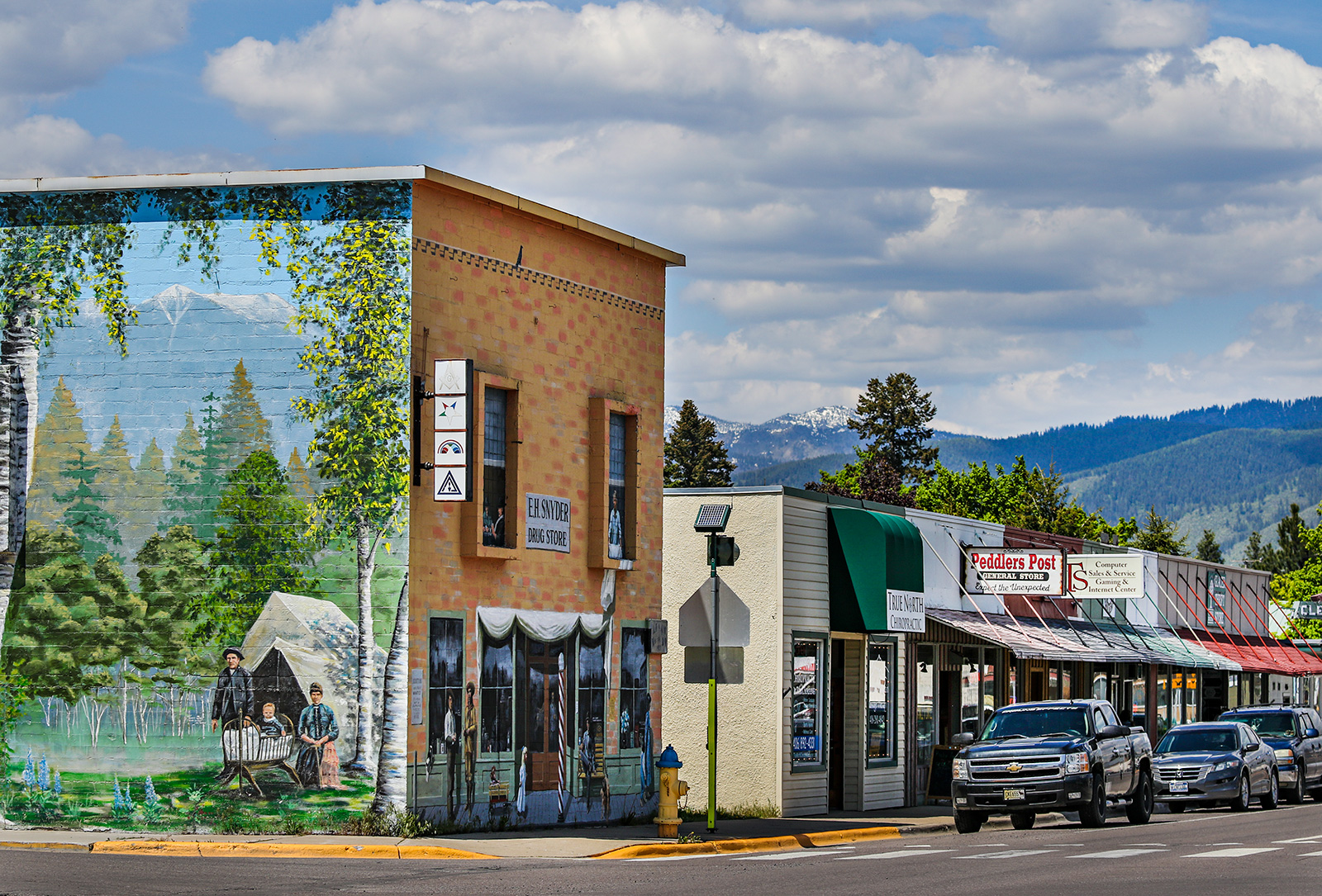As Crowds Strain Gateway Communities to National Parks, Lawmakers Seek Solutions
U.S. Sen. Steve Daines, ranking GOP member on parks subcommittee, crafts legislation to improve visitor-use management and relieve pressure on public infrastructure
By Tristan Scott
The unmatched summer strain overwhelming gateway communities like those girding Glacier National Park is the focal point of legislation introduced earlier this month by U.S. Sen. Steve Daines, who crafted the bill to assist land managers and local stakeholders develop long-term solutions to a problem that’s been brewing for more than a decade, but which was accelerated by the coronavirus pandemic.
Introduced by Daines, R-Montana, who serves as the ranking GOP member on the Senate’s National Parks Subcommittee, and Angus King, I-Maine, the subcommittee’s chair, the “Gateway Community and Recreation Enhancement Act” is designed to both study and address challenges facing national parks and public lands, as well as the communities that serve them. Daines said those challenges include increased visitation, employee housing shortages and the growing demands on municipal infrastructure. The bipartisan bill also aims to help boost visitation at lesser-known parks, national forests and recreation areas to disperse the crowds converging on the nation’s most popular parks, including Glacier and Yellowstone.
“Our national parks and public lands set us apart from the rest of the world, and Montana’s gateway communities know firsthand the benefits and challenges they bring,” according to a press release in which Daines announced the bill. “While increased recreation on our public lands and national parks supports jobs and boosts local economies, it can also put strains on Montana communities, housing and employees. We must work to address these concerns and support the needs of our gateway communities that in turn will help boost local economies and preserve our public lands for future generations.”
The bipartisan bill would instruct the secretaries of Interior and Agriculture to establish a “visitation pilot program” within two years of the legislation’s enactment, Daines said. Using existing funds available to the secretaries, the federal agencies would collaborate with communities, states, tribes, nonprofits, and community stakeholders to identify visitation trends. The pilot program would also make visitation figures and crowd-level data readily available to visitors and provide suggestions for alternative, lesser-known national parks and federal, state and local recreation sites.
Initially, the secretaries would select 15 units managed by the National Park Service (NPS) and five units managed by the U.S. Forest Service for participation in the pilot program; within five years, however, that participation would expand to include 80 federal units, no fewer than 50 of which would be managed by NPS.
The legislation builds on feedback Daines said he received last July, when the Montana senator led a hearing to examine the effects of increased visitation at national parks, including Glacier and Yellowstone.
Whitefish Chamber of Commerce Executive Director Kevin Gartland attended the hearing to discuss the stumbling blocks gateway communities like his are encountering due to an exponential increase in tourism-related visitation.
In the decade preceding the COVID-19 pandemic, growth in the travel-and-tourism industry outpaced the global economy. In Montana, tourism is the second-leading industry, bringing billions of dollars into the state each year and supporting tens of thousands of jobs for residents. However, rural America saw an influx of visitors in 2020 as people looked to escape the pandemic in search of wide-open spaces, and that trend has extended into 2021 and beyond.
“If anything, business is a little bit too good right now,” Gartland said at the time, describing an outdoor-amenity craze afflicting small gateway communities across the West. “There aren’t enough workers to fill the jobs available, so business owners are leaving some money on the table this summer. ‘Limited operations’ really are the catchwords of the day. Almost everybody in the hospitality industry, as well as those outside of the industry, are struggling to find employees. They’re running at about 75 percent of capacity and that’s anything from mom-and-pop restaurants to hotels, lodges, you name it.”
“Visitation to Glacier has been setting all-time records for most of the 10 years that I’ve been here in town,” Gartland said. “In the world of business, that’s a pretty good thing. Simply gear up production to meet the demand you’ve got out there and everybody is happy. Unfortunately, in managing natural resources, in this case a national park, it’s not just the law of supply and demand that applies. There’s also a myriad of other issues to consider, including visitor experience, the carrying capacity of the land itself. We are loving our park to death.”
Racene Friede, president and CEO of Glacier Country Regional Tourism Commission, said the intense pressure on gateway communities has prompted an industry shift that’s reigning in traditional marketing campaigns in favor of a more sustainable approach, which is geared toward creating “destination stewards” in a region that’s been overrun by “over-visitation.”
“At different times of the year, many of our communities are at a breaking point —housing shortages, unsustainable demands on infrastructure, negative impact on natural resources — and the positive economic impact of tourism is being negated by the toll on the communities,” Friede stated. “The dispersion of visitors to other recreational sites and regions and the collaborations inherent in this bill will be an important move towards long-term sustainable growth that balances quality of life for residents and quality of experience for visitors.”